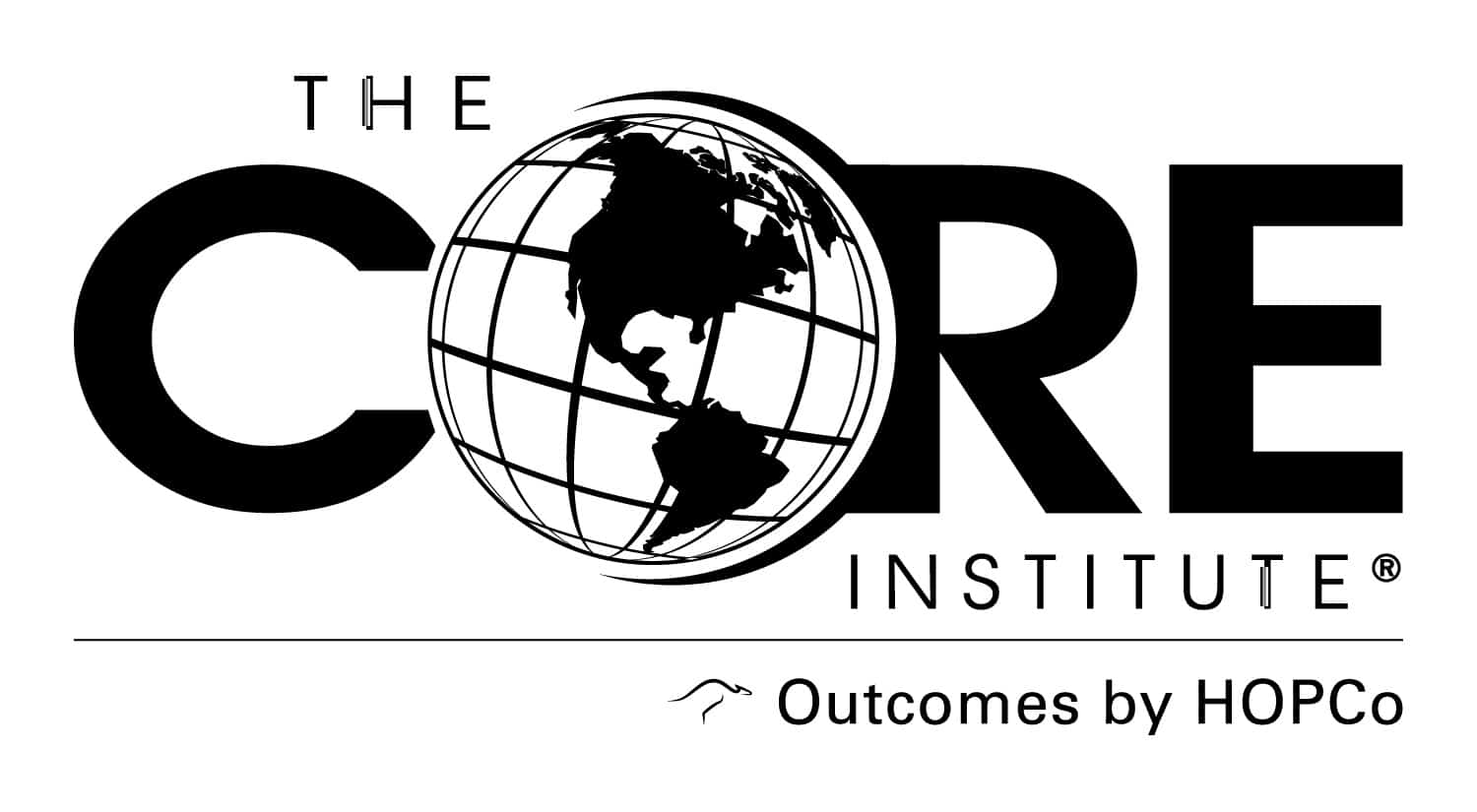
National Spine Health Awareness Month
The month of October makes most people think of pumpkin spice lattes, vibrant leaves, and Halloween costumes. But here at The CORE Institute, we have something else we keep an eye out for, too, because it’s also the time of year known as National Spine Health Awareness Month. That’s right, a full month dedicated to those 33 amazing bones that literally “have your back” every day.
Why Spine Health Matters
Your spine is the unsung hero of your body since it supports your weight and allows you to bend and twist. It also protects the spinal cord – the super information highway of your nervous system. it plays such a central role in our daily lives; we often take spine health for granted until something goes wrong.
Did you know that back pain is the leading single cause of disability globally? In the United States, approximately 65 million adults reported a recent episode of back pain. That’s larger than the population of California and Texas combined! Most astonishingly, about 16 million adults experience back pain that is persistent or chronic, limiting every-day activity.
These figures detail why National Spine Health Awareness Month is so crucial. This is the time to educate ourselves about spine health and what measures we can take to look after our backs.
Know Your Spine
Your spine is built for strength and durability, comprised of 33 vertebrae, which are divided into five regions. These include:
- Cervical- Neck- 7 vertebrae
- Thoracic- Upper Back- 12 vertebrae
- Lumbar (lower back): 5 vertebrae
- Sacral: 5 fused vertebrae
- Coccygeal: 4 fused vertebrae (tailbone)
Between each vertebra are shock-absorbing discs that allow for flexibility and movement. This complex structure works in tandem to keep you up straight and moving throughout your day.
Common Spine Conditions and Their Impact
At The CORE Institute, we see it all when it comes to spine conditions. Some of the most common include:
- Herniated Discs: This includes the condition when the soft inner material of the disc bulges out through some crack in the tougher exterior. This can irritate nearby nerves and may cause severe, pain, numbness, or weakness in an arm or leg.
- Spinal Stenosis: Narrowing in the spaces inside your spine can put pressure on the nerves that travel through the spine. This commonly occurs in the lower back and the neck.
- Scoliosis: A sideways curve in the direction of the spine, usually occurring during childhood; very severe cases can be disabling. However, most people only have mild varieties and often manage.
- Osteoarthritis: With increasing age, cartilage that cushions bones in the spine may break down and result in pain and stiffness.
- Sciatica: Pain radiating along the path of your sciatic nerve, which runs from your lower back through your hips and buttocks and down each leg.
These conditions have a huge impact on the quality of life. In fact, a study from the Global Burden of Disease reported that low back pain is the leading cause of years lived with disability. But there is good news- many conditions of the spine can be prevented or well managed with good care and early intervention.
Celebrating Your Spine: Tips for Spine Health
This National Spine Health Awareness Month, take some time to appreciate what your spine has been able to do for you. The following are a few tips for maintaining a healthy back:
- Stay Active: Regular exercise, especially those that are low impact such as walking, swimming, and yoga, can strengthen the muscles that support the spine.
- Maintain Good Posture: Good posture at work, such as sitting or lifting heavy objects, prevents unnecessary strain on the spine.
- Perform regular stretching: It reduces the risk of injury while improving your range of motion.
- Eat healthy: Engage in a diet loaded with calcium and vitamin D because they support your bones, including your spine.
- Get enough sleep: Your spine needs to rest, too. Make sure you get enough sleep on a supportive mattress.
- Manage Stress: A high degree of stress tends to create muscle tension, particularly in the neck and back. Practice deep breathing or meditation.
- Stop Smoking: Smoking restricts blood flow to the spine, accelerating disk deterioration.
- Keep Hydrated: Adequate intake of water maintains the soft tissue elasticity along your spine.
The CORE Institute’s Commitment to Spine Health
At the CORE Institute, we believe in taking care of our patients for optimal spine health. Our team of experienced orthopedic specialists offers a comprehensive range of treatments, from conservative management to the most up-to-date surgical techniques if indicated.
Patient-centered practice: We believe in working hand in glove with the individual to come up with a treatment plan unique for each. Our focus is not just to treat symptoms but also to get to the root cause of spine issues and equip our patients with the knowledge and tools they need to ensure long-term spine health.
Remember, your spine has been supporting you day in and day out, and now is your chance to return the favor. Here at The CORE Institute, our place is to act as a backbone in helping you achieve and maintain optimal spine health.
Even though National Spine Health Awareness Month only happens in October, spine health should really be all year round. If you take good care of your spine today, you’re investing in a healthier, more active future. Here’s to standing tall and living well!
(Photo Credit – Shutterstock/Envato/Adobe)
